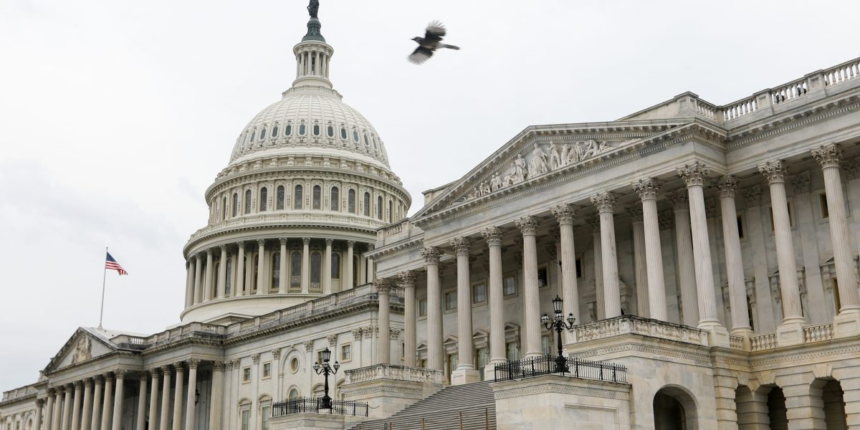Critical functions like the military will continue, but a shutdown that lasts longer than a few days would affect the monthly jobs report, which is due on Friday and is produced by the Bureau of Labor Statistics.
Up-to-date employment data has become extra crucial to investors and the Federal Reserve, especially after policymakers resumed rate cuts earlier this month on signs that the labor market is weakening.
But the continued stickiness of inflation has cast some doubt on how aggressively or cautiously the central bank goes from here.
Future rate cuts—which Wall Street is expecting and President Donald Trump is demanding—will hinge on whether the job market merits more attention from the Fed than the inflation side of its dual mandate.
At the same time, Wall Street remains divided on whether the muted job gains are a function of weak labor supply and Trump’s immigration crackdown or weak demand as businesses grapple with tariff uncertainty.
Economists see an uptick in hiring, though still at a subdued level. The September jobs report is expected to show a payroll gain of 45,000, up from 22,000 in the prior month, with the unemployment rate holding steady at 4.3%.
Other key data sets are supposed to come this week. The job openings and labor turnover report is due Tuesday, right before the shutdown deadline. But weekly unemployment claims are due Thursday.
However, non-government data would be unaffected by a shutdown. ADP’s private-sector payroll report comes out Wednesday, while the Institute for Supply Management publishes its manufacturing activity index on Wednesday and its service sector index on Friday.
If a shutdown drags on longer than the first week, additional reports that are closely followed would be on hold too, including the September consumer price index set for Oct. 15.
And in the event a shutdown continues further, then Fed rate setters wouldn’t have access to some of their most important economic indicators when they meet again Oct. 28-29.
On Friday, analysts at Bank of American said the economic effects of government shutdowns are typically modest and short-lived.
But an extended shutdown and the Trump administration’s threat to lay off federal workers rather than furlough them mean it could have more lasting effects, they warned.
“If we enter a shutdown, we think it would be brief,” BofA added. “While a brief shutdown may not have much of an economic effect, it would delay key economic data ahead of the Fed’s next meeting.”









